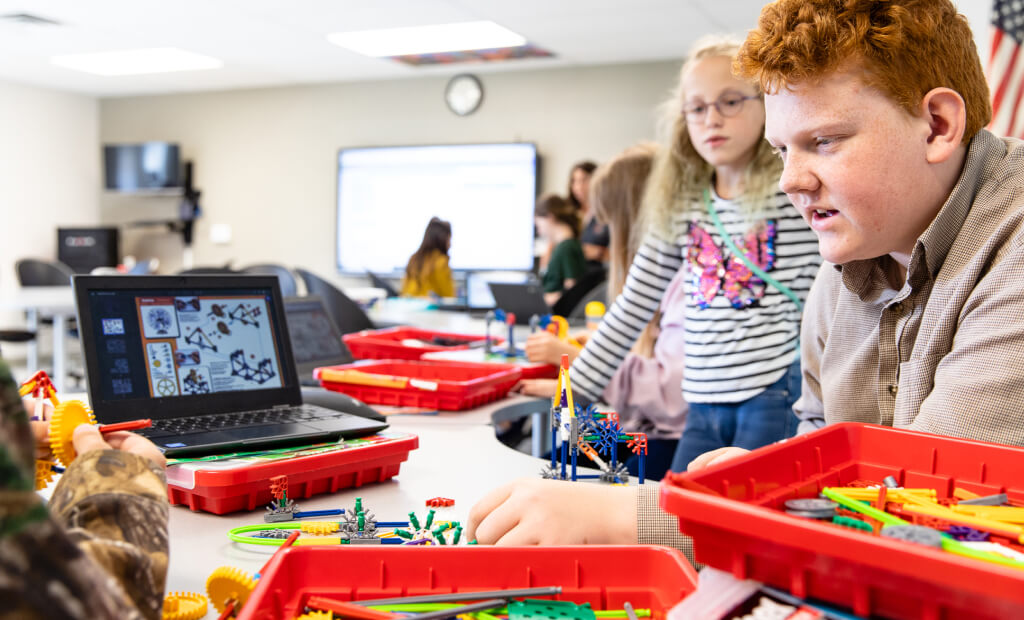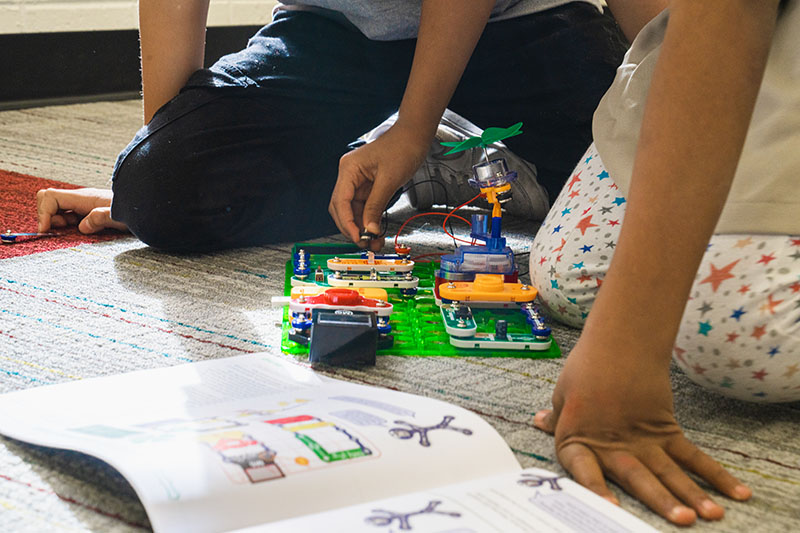Keeping Learners Engaged—Even from Home
Learning will happen—no matter what you do.
I hope that statement provides you with some comfort in today’s craziness. But I also recognize that teachers and parents are scouring the internet for resources to help kids stay engaged in learning, despite the changes we’re experiencing during the pandemic.
With student engagement in mind, let’s look at another lesson I am gleaning from my (almost) 2-year-old.
Variety Helps Us Stay Engaged
Those who work with younger kids know the limitations of their attention span—a fact that’s become even more apparent since I began working from home a few weeks ago.
My wife’s done a terrific job helping Edison develop independence, so while she and I are working, he’ll jump from activity to activity to keep himself occupied.
We’ve intentionally surrounded him with a range of toys, games, and books that appeal to him in different ways, and I think the variety of these activities contribute to Edison’s engagement. Because he has the freedom to move around to different activities throughout the day, he always has something else to do when he tires of one thing.
The LEGO Foundation describes the need for this type of freedom to support engaged and effective learning. However, knowing how to provide your child with the right level of agency and a variety of activities can be challenging—especially in today’s learn- and work-from-home environment.
Check out the tips below to see how adding variety can increase a child’s engagement in learning:
Tips for Teachers
- Leverage Tech. From virtual tours of museums and art galleries to online simulations and presentation tools, there have never been more ways of learning and sharing content than now. Check out a few of my favorite options: The Louvre, The British Museum, The Metropolitan Museum of Art, CU PhET Interactive Simulations
- Go Unplugged. Resist the urge to make every assignment or project technology-mediated. Instead, assign some unplugged activities to break up the need for your students to use a computer for their work. Check out Matt Miller’s post about 10 no-internet remote learning activities for some ideas to get started, or follow us on Facebook to get our twice-weekly ThinkerSpace Challenges that can be done offline.
Tips for Parents
- Schedule variety into your day. Set a timer and spend 10–15 minutes doing something different each hour. My family sometimes hops up in the middle of our work for an impromptu dance party around the coffee table. (Hint: Don’t do this during video conference calls!) Not only will this variety keep your brain fresh, it will also help your kids to take breaks every so often—it’s like recess at home.
- Embrace randomness. Consider using a tool like Wheel of Names to create a list of things to do around your house. Then, when your kids get bored, have them spin the wheel to try something new. Even better, have your kids design and build their own wheel out of recycled materials.





